Literature Review: GI Determination in C. elegans Optimization
VerifiedAdded on 2022/09/14
|9
|657
|16
Report
AI Summary
This report presents a study focused on optimizing the method for determining the Glycemic Index (GI) using the C. elegans model. The research aims to investigate the effects of high GI diets and their implications for diabetes, cancer, and cardiovascular diseases. The study design involves feeding C. elegans organisms with glucose-rich food and observing them over 20 days, analyzing their survival rates and locomotion activities. The results indicate that a high glucose diet is associated with a shorter lifespan and accelerated aging in C. elegans. The report concludes that a low GI diet is more beneficial for individuals susceptible to diabetes and chronic diseases, and it suggests the suitability of C. elegans models for nutritional and metabolic research. The study references several key publications supporting the findings and provides insights into the benefits of glycemic index in relation to diabetes.
1 out of 9
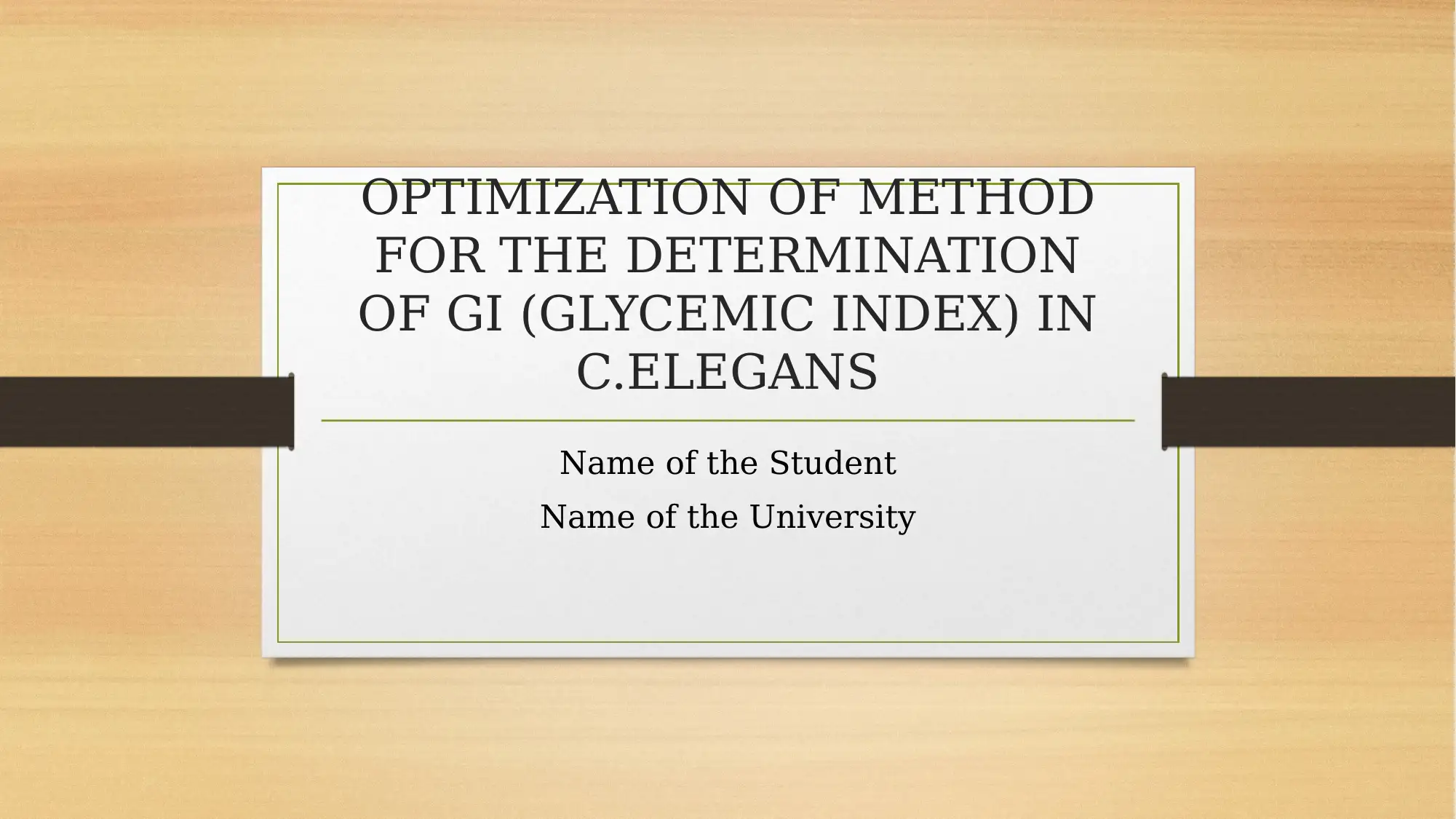
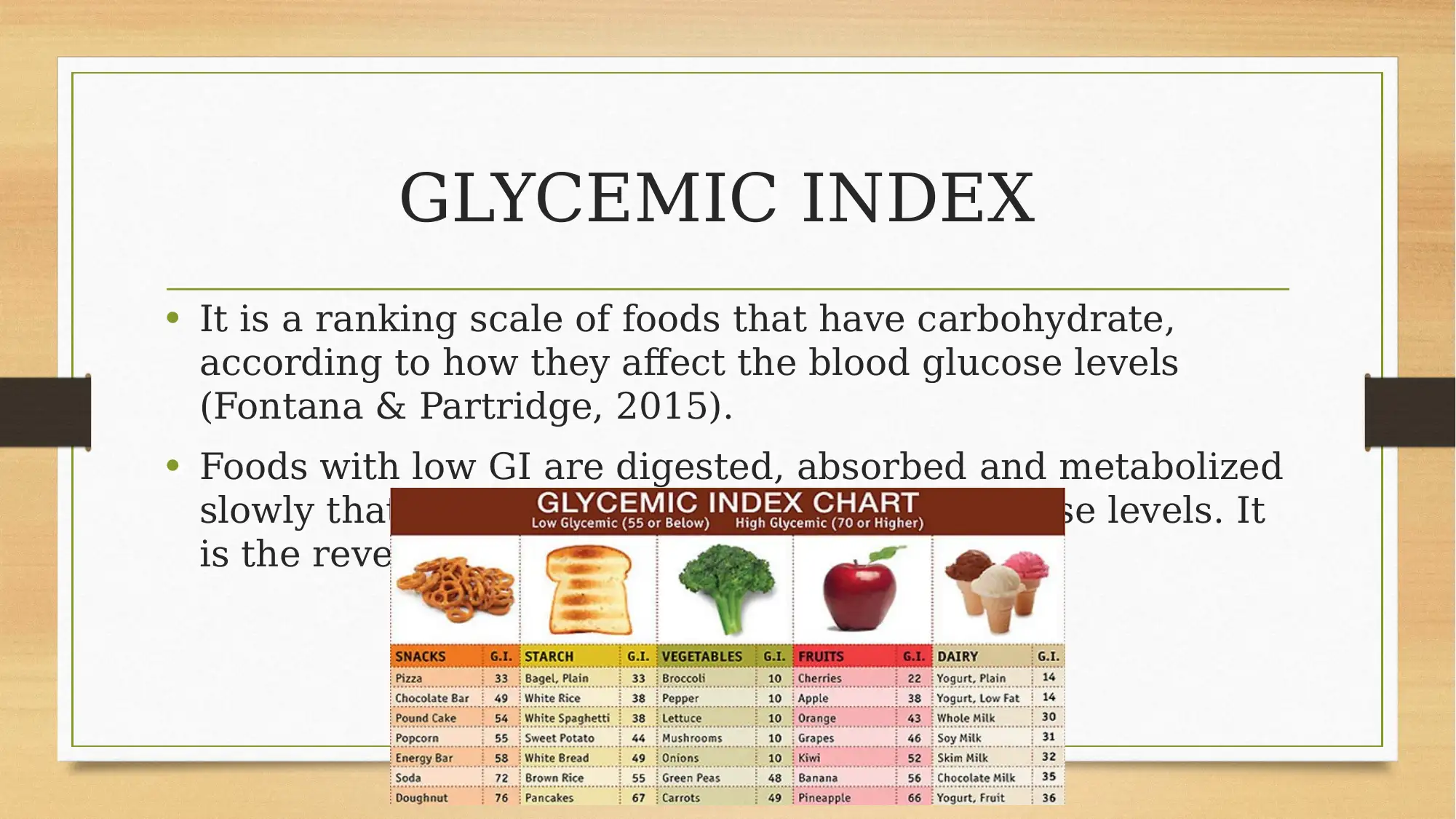
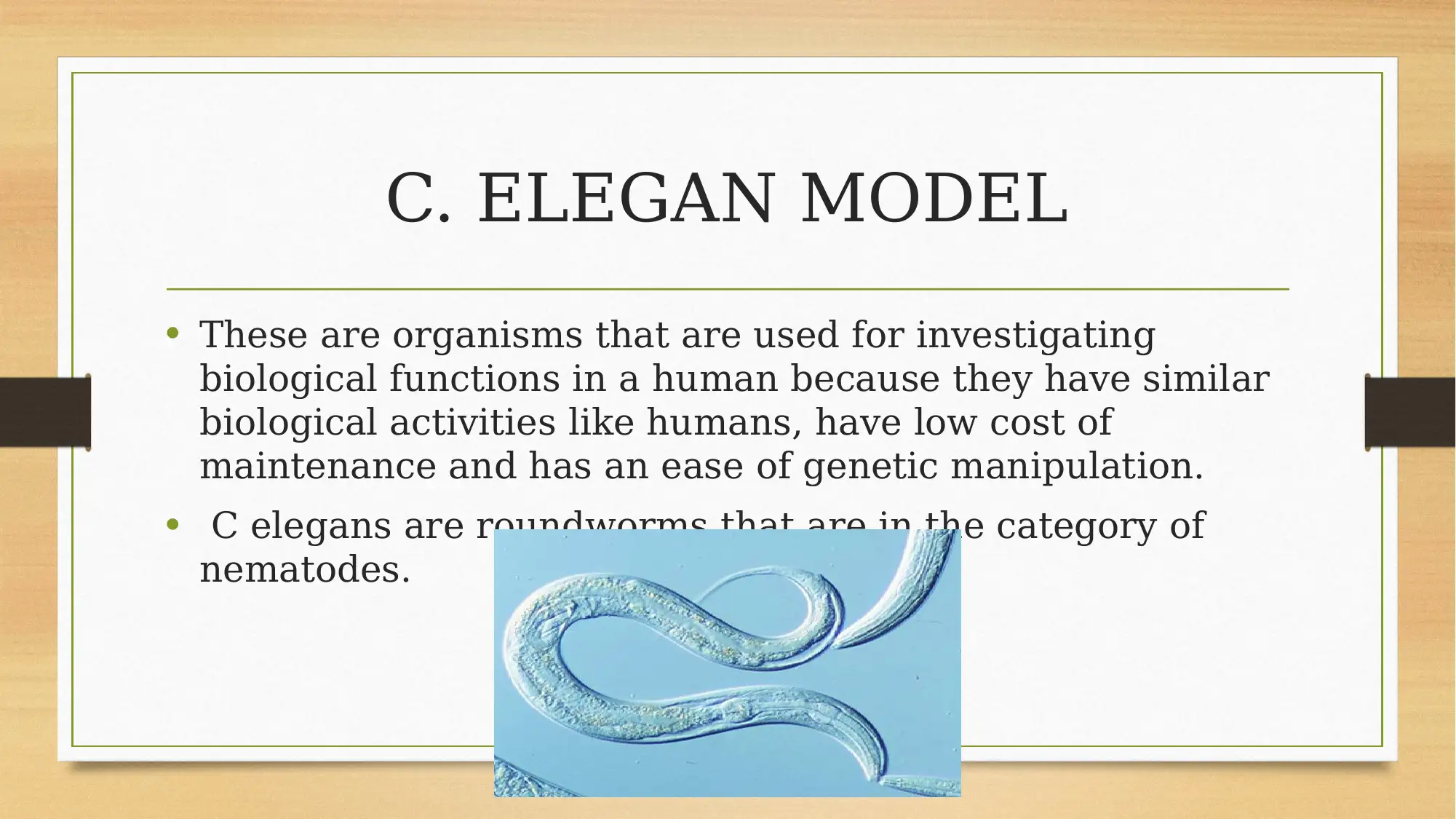

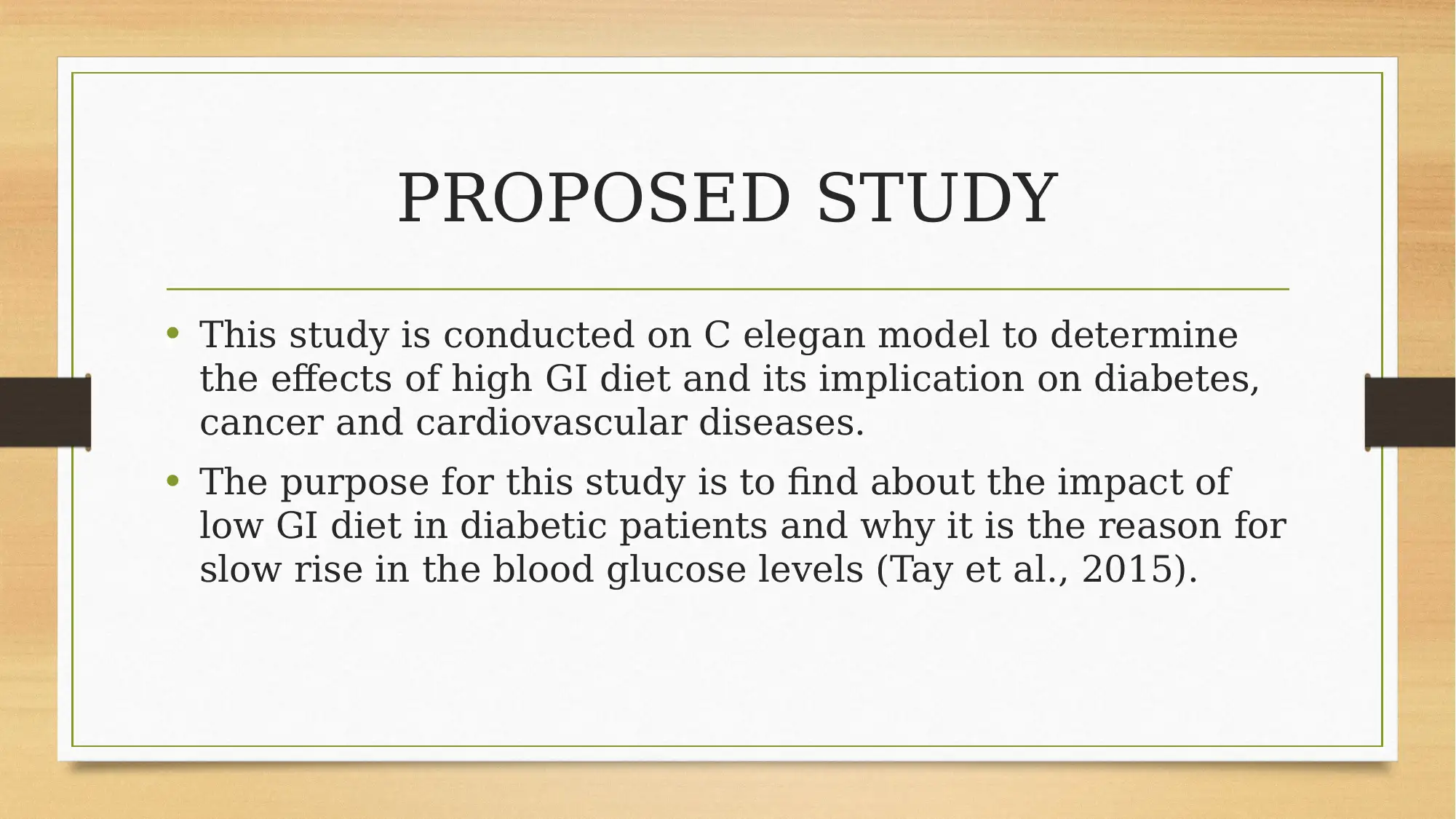
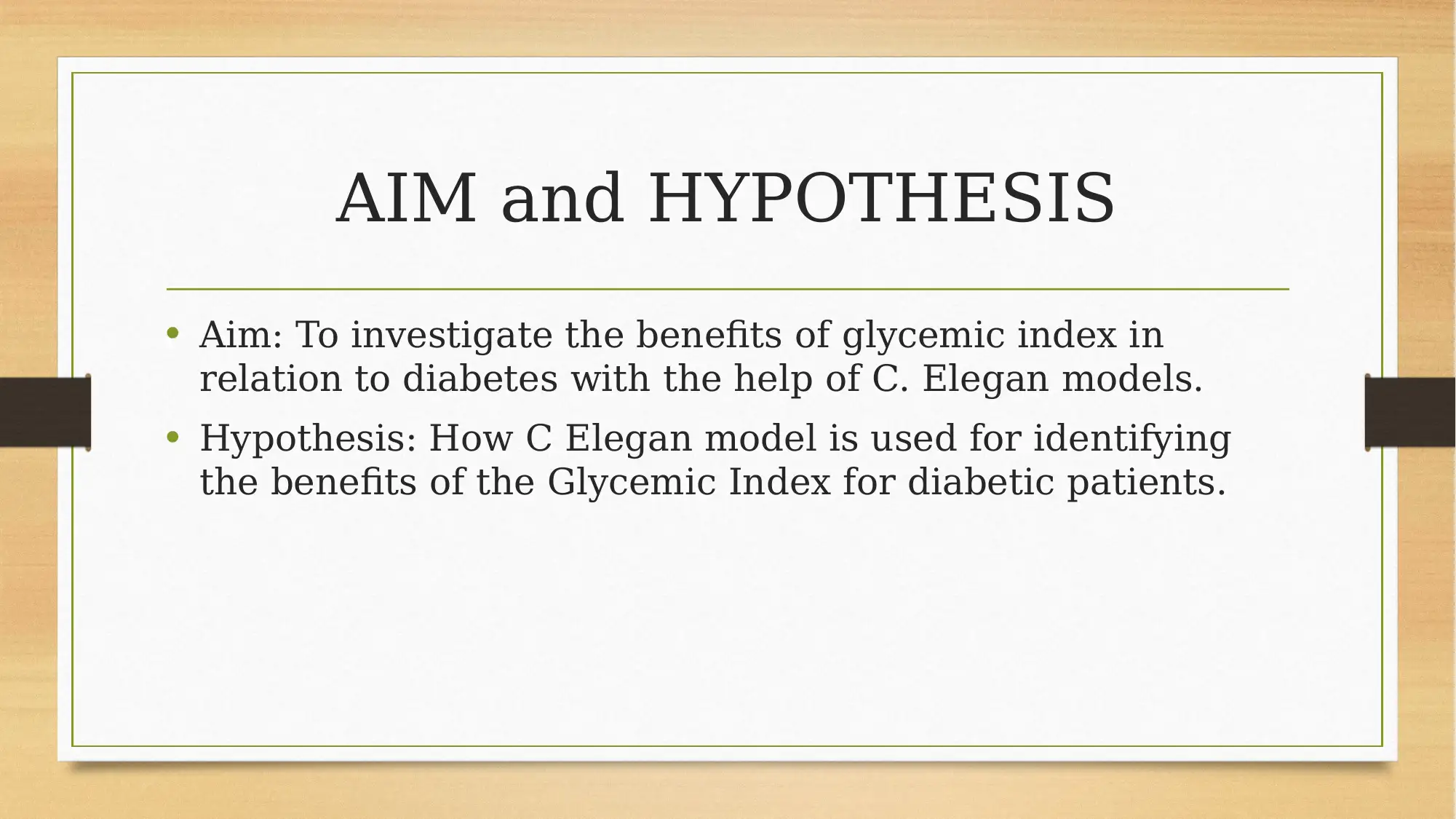
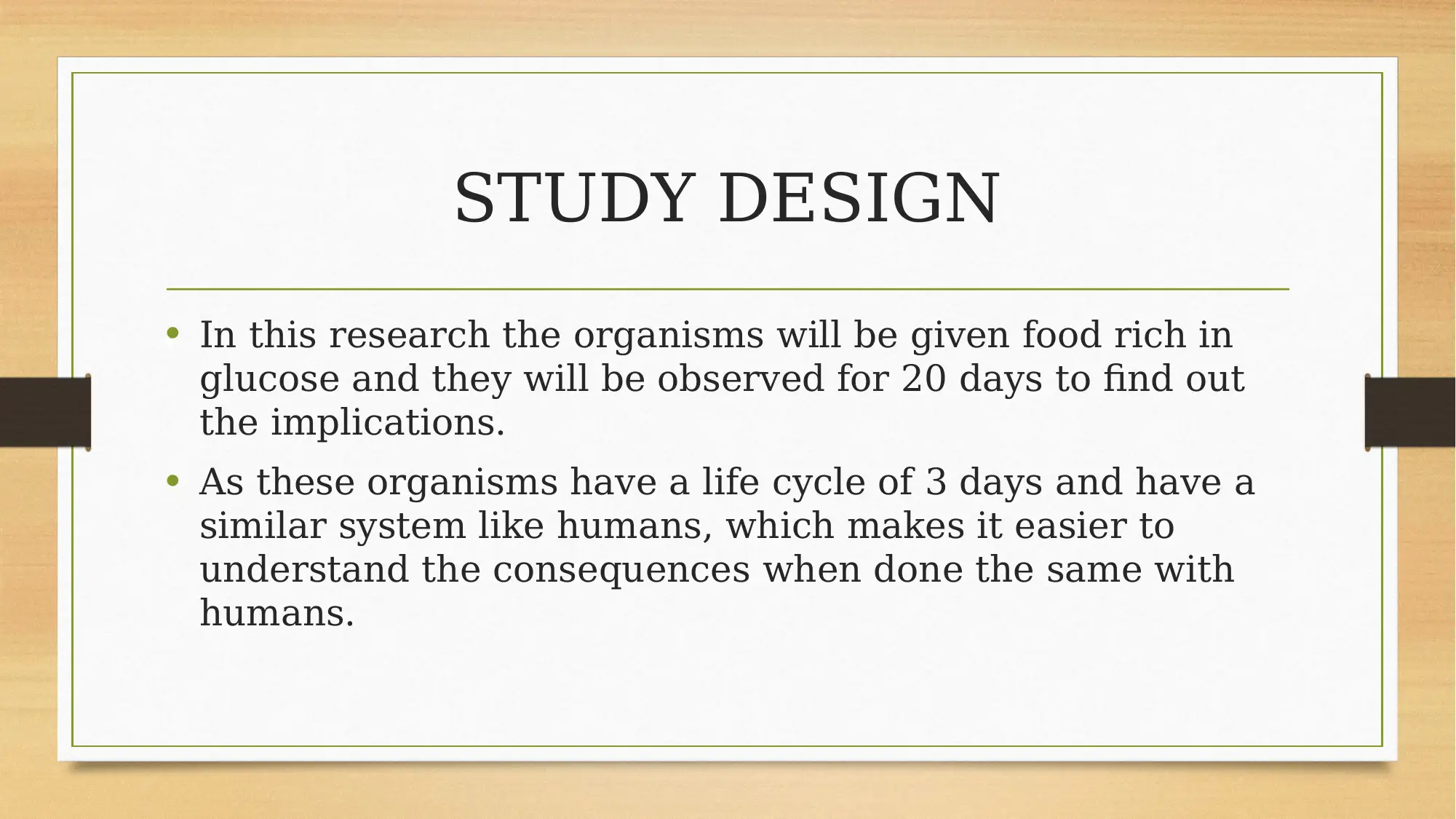
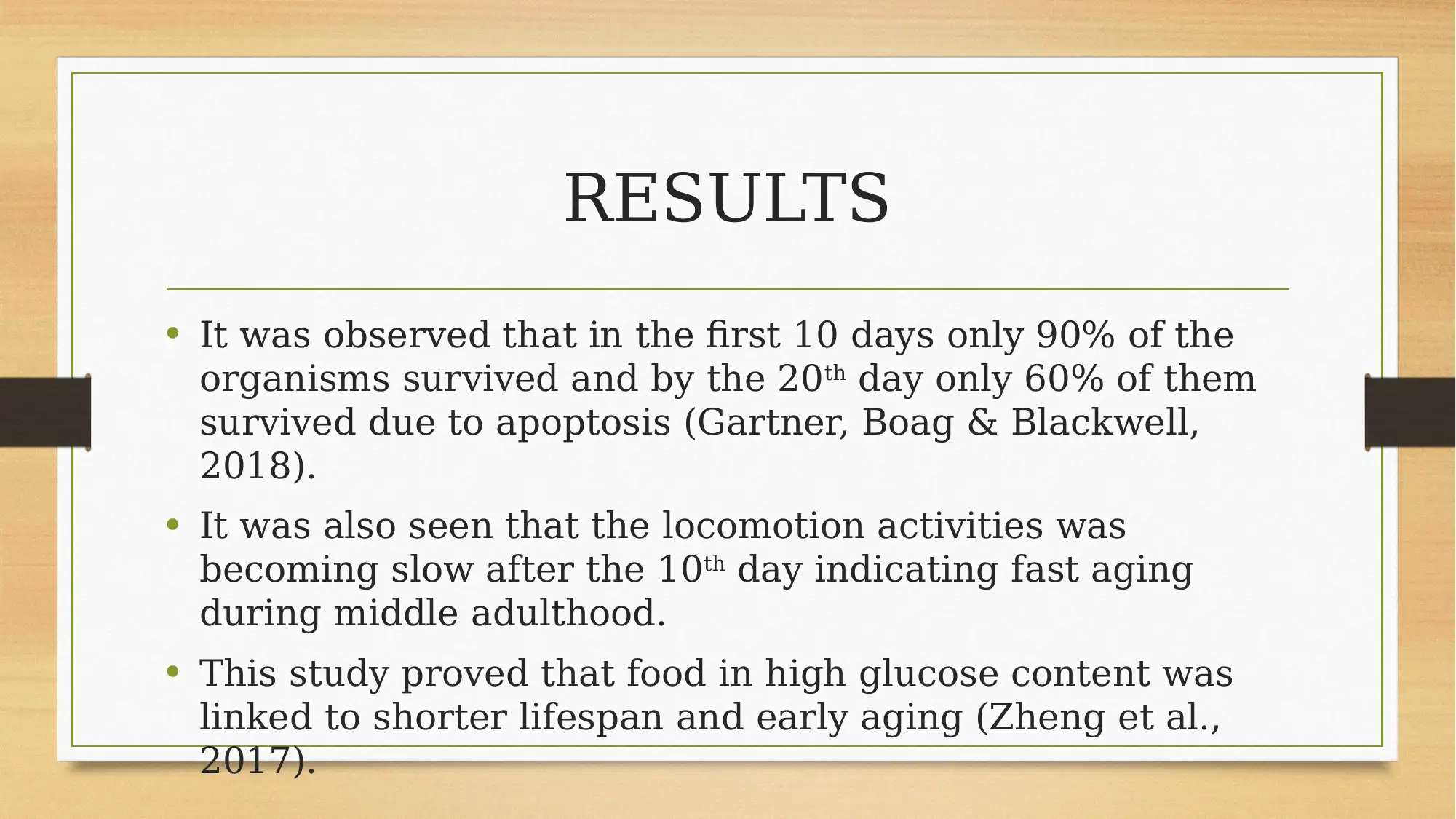
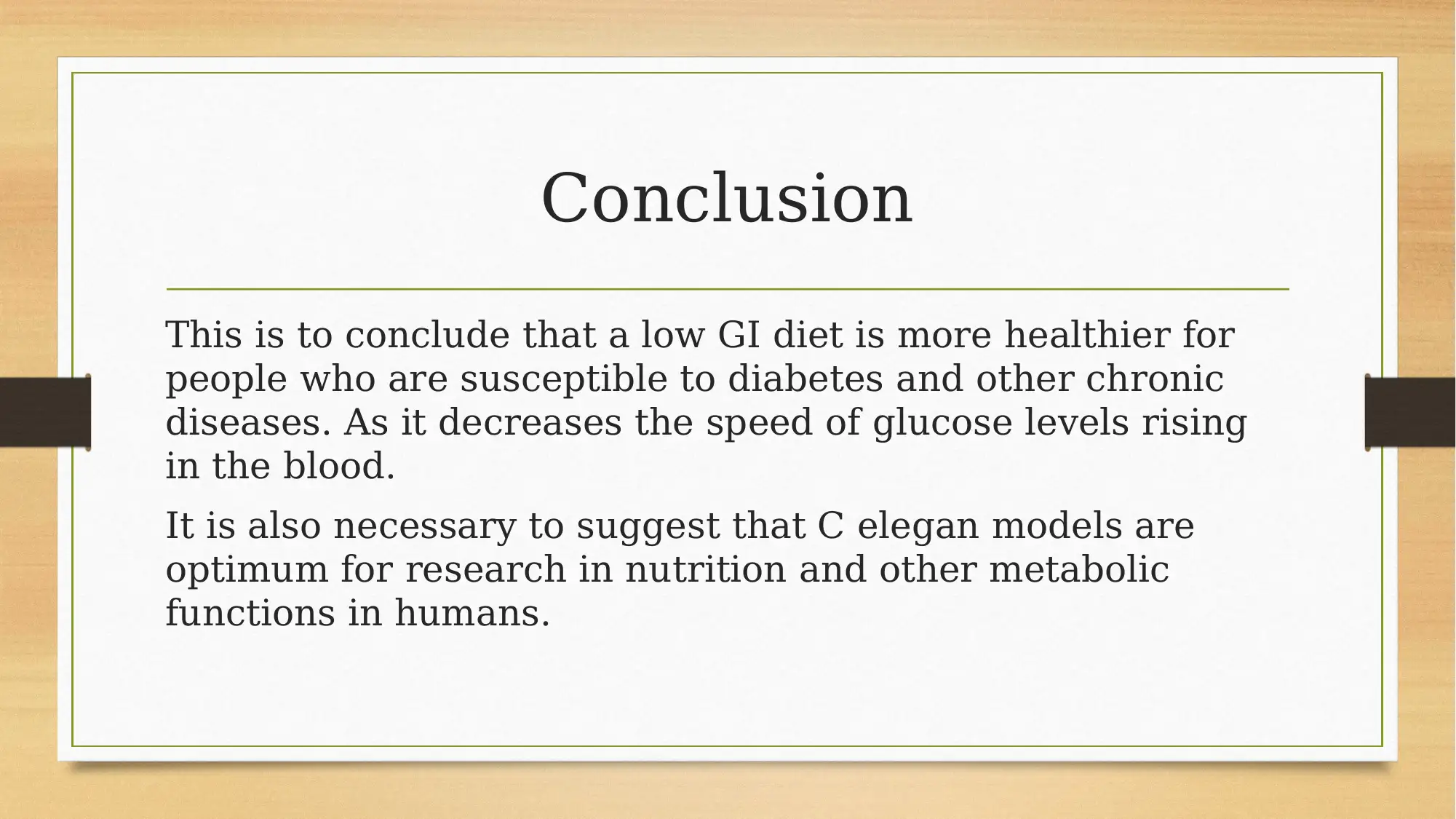
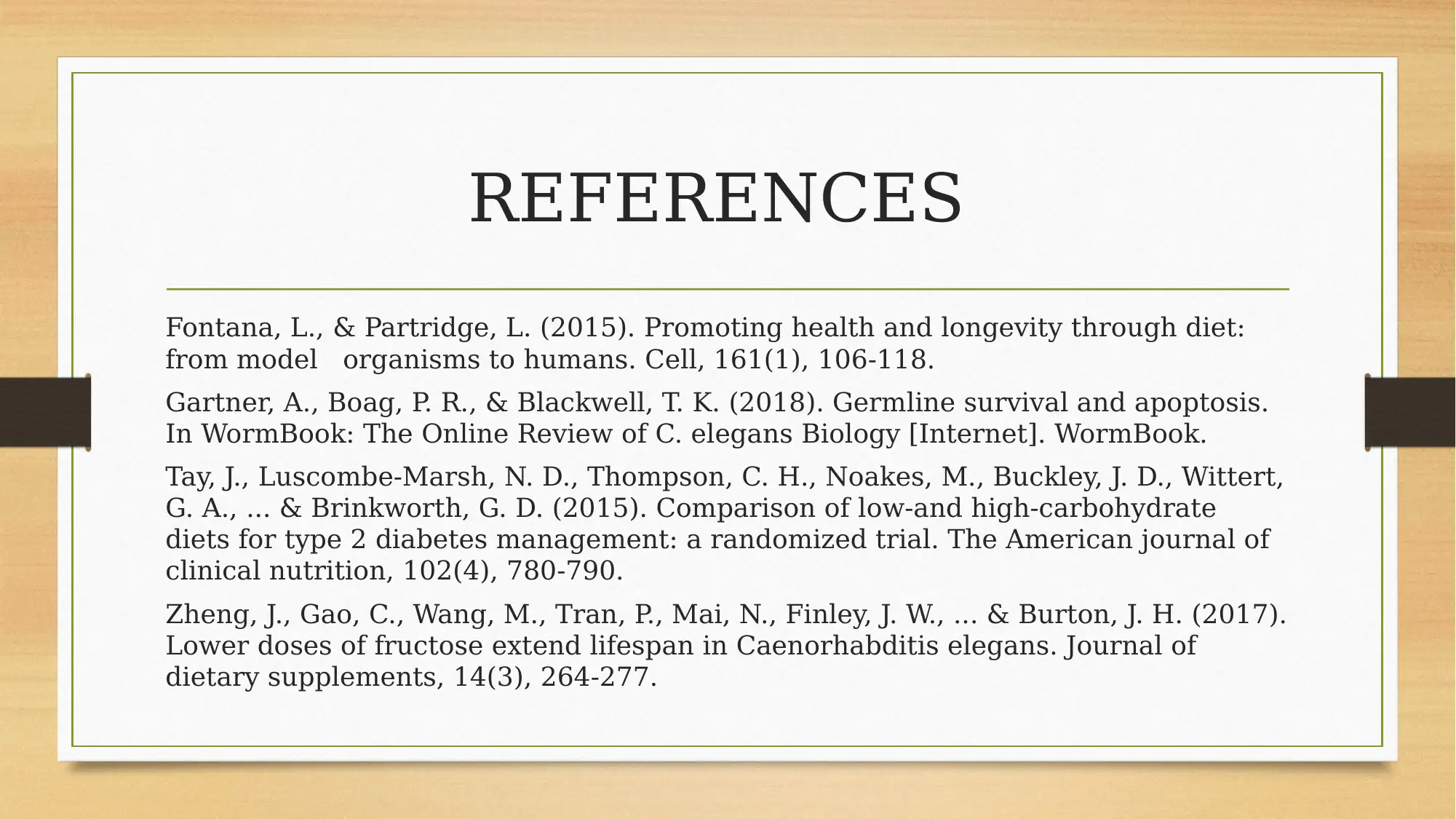


![[object Object]](/_next/static/media/star-bottom.7253800d.svg)